Category: Public Observing
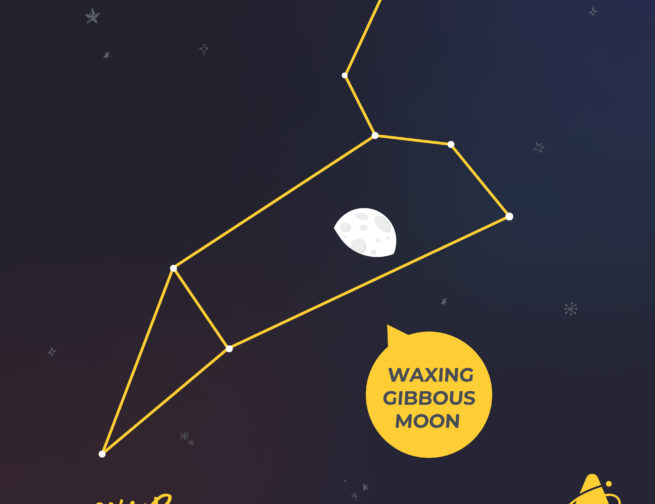
Adler Skywatch: April 2020
Happy April, stargazers! The closest supermoon of the year takes place this month, April 2020. Supermoon is a nickname that describes a Full Moon that occurs within 10% of its closest approach to Earth. Astronomers refer to supermoons as a perigean Full Moon. The April 7th Full Moon is just under 222,000 miles from Earth. […]
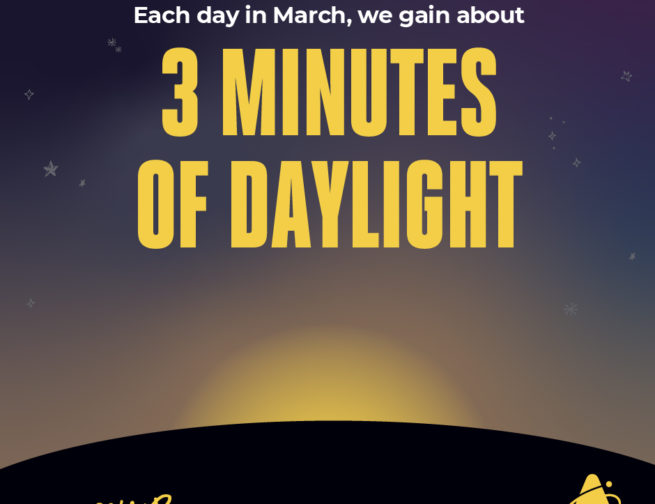
Adler Skywatch: March 2020
The three naked-eye-visible planets outside Earth’s orbit will appear less than 20 degrees apart in the sky this month, March 2020. The planets Mars, Jupiter, and Saturn can be seen low in the southeast just as morning-twilight begins to lighten the sky. Jupiter is the brightest of the three, and it serves as a guidepost […]

5 Things to Know About Supermoons
Header Image: Moon rising above the Adler Planetarium. Image Credit: Chris Smith Update: This blog is revised each year with upcoming date of supermoons. In 2023, four supermoons will occur! But what is a supermoon exactly? And why is it so “super”? What Is a Supermoon? Supermoon is a nickname that describes a Full Moon […]

Adler Skywatch: February 2020
This month will be a little longer than usual, but still shorter than most months of the calendar — because it’s February 2020. This year is a Leap Year, when the short month of February has 29 days instead of the usual 28. Earth’s actual orbit around the Sun takes about one-quarter of a day […]
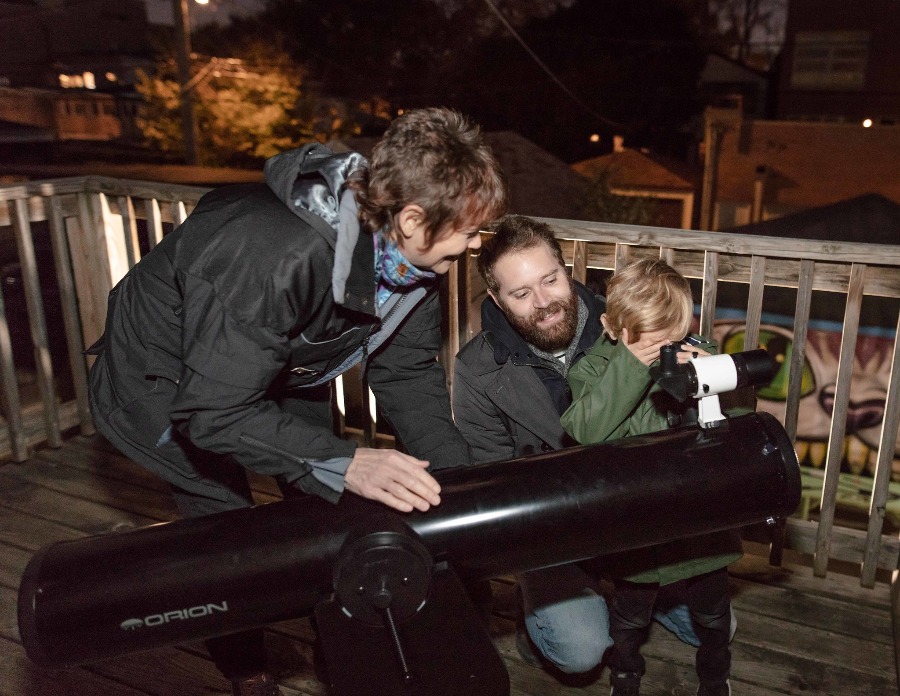
How To Identify Planets in the Night Sky
Have you ever looked up at the night sky and wondered if a particularly bright star was actually a planet? It can be tricky business, but with some helpful tools to equip you, you’ll be identifying planets in no time! Follow this guide to figure out if what you’re looking at is a planet or […]

Adler Skywatch: December 2019
Header Image: Graphic representation of the Winter Solstice which will occur on December 21st, 2019 at 10:19pm. The brightest planet, Venus, begins a run of many weeks’ worth of spectacular viewing in the evening skies this month, December 2019. Venus starts off the month very low in the southwest after sunset, setting only about 90 […]
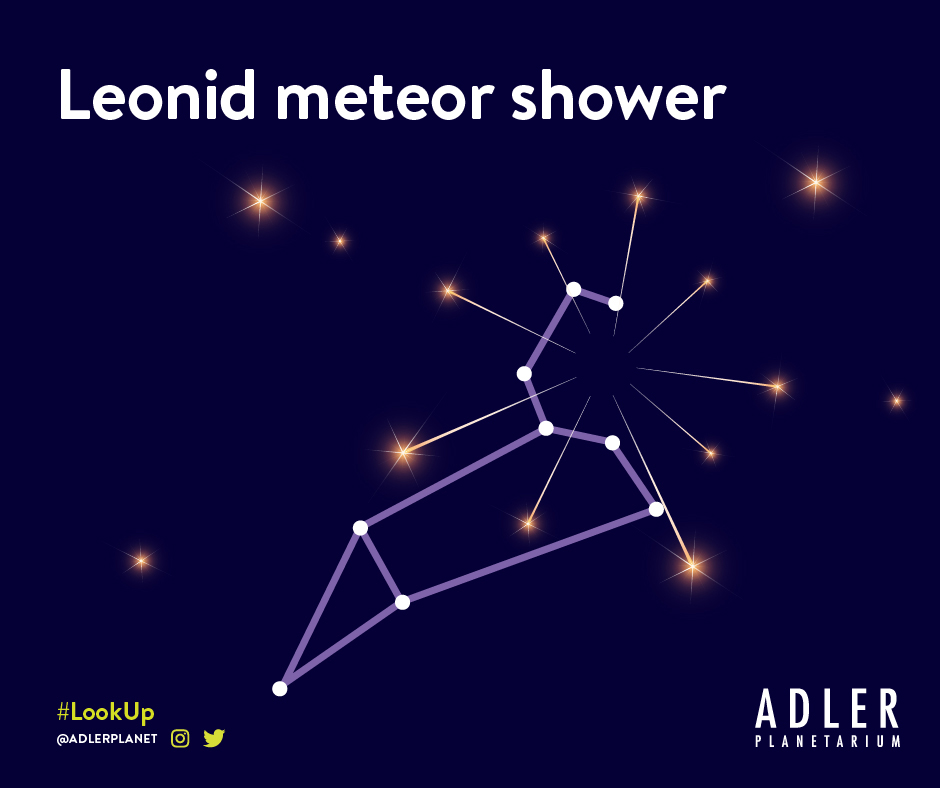
Adler Skywatch: November 2019
Header Image: Graphic representation of the Leonid meteor shower with the constellation Leo. Evenings in the Chicago area are getting dark quite early this month, November 2019. Because Daylight Saving Time ended on the 3rd, the Sun now sets before 5:00 p.m. local time. It won’t be setting after 5:00 p.m. until late January. Shortly […]
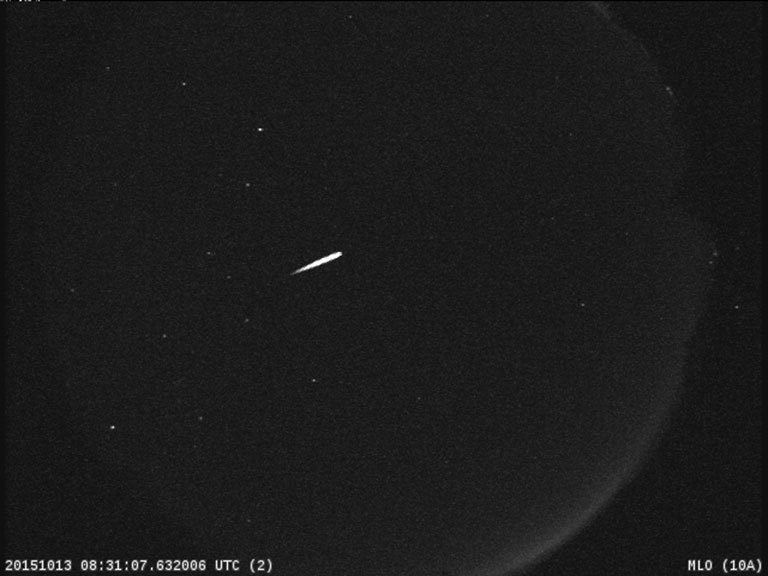
Adler Skywatch: October 2019
Header Image: Orionid meteors appear every year around this time when Earth travels through an area of space littered with debris from Halley’s Comet. Credit: NASA/JPL The days are getting shorter and the nights are getting longer this month, October 2019. But the longer nights mean more night-sky objects to observe. During evening twilight this […]
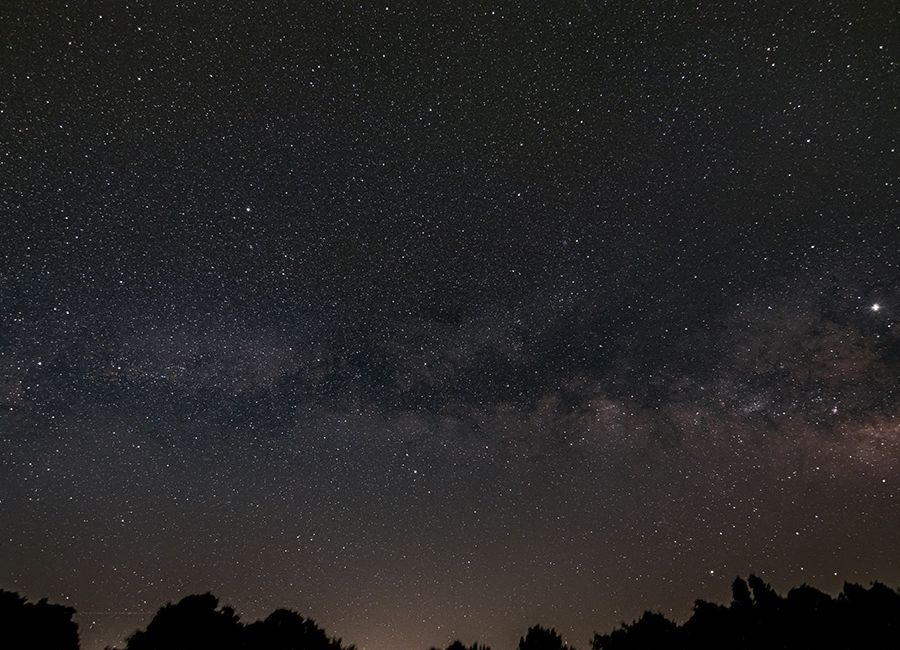
Adler Skywatch: September 2019
Learn about what’s in the sky for the month of September 2019 from the Chicago area.
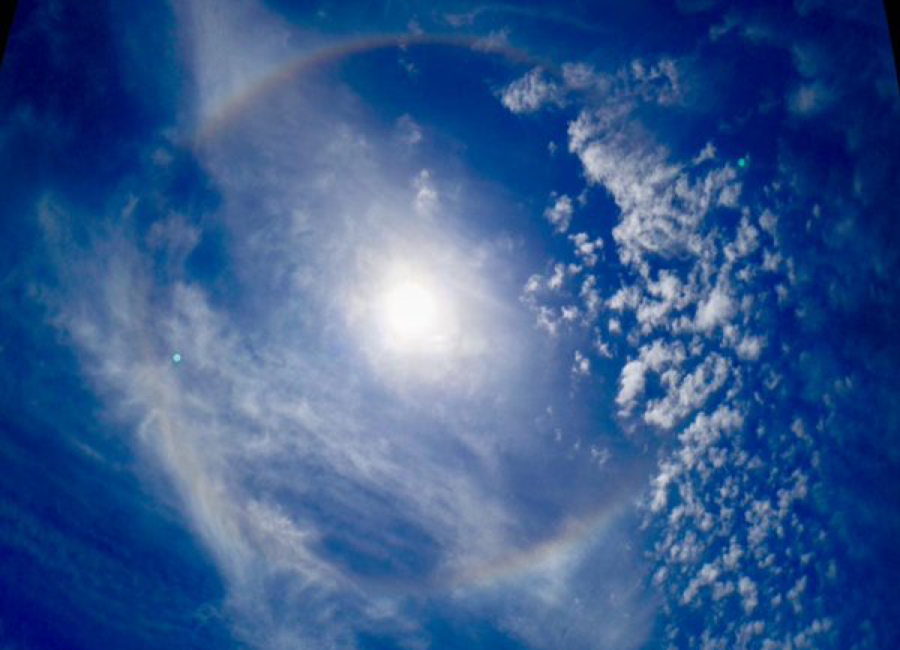
Keep Looking Up
If you receive a letter from me, it will likely end with my favorite call-to-action, “Keep Looking Up.” And, while some have interpreted this phrase to have optimism as its intention, I have a much more literal request in mind. Look Up. Yes, you. Right now. I’ll wait… Chances are you noticed something you hadn’t […]




